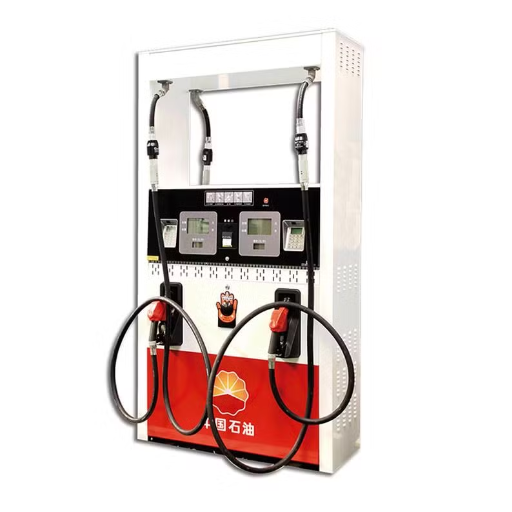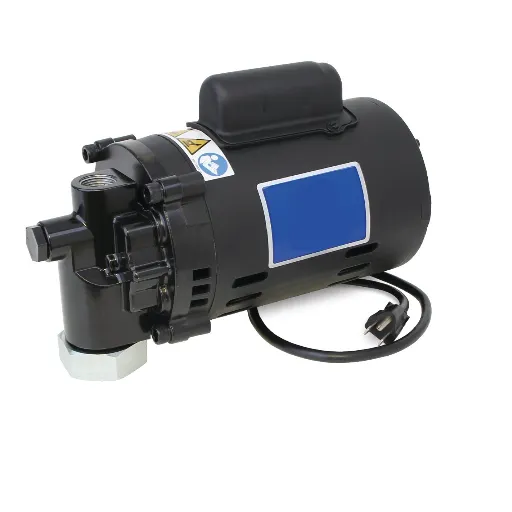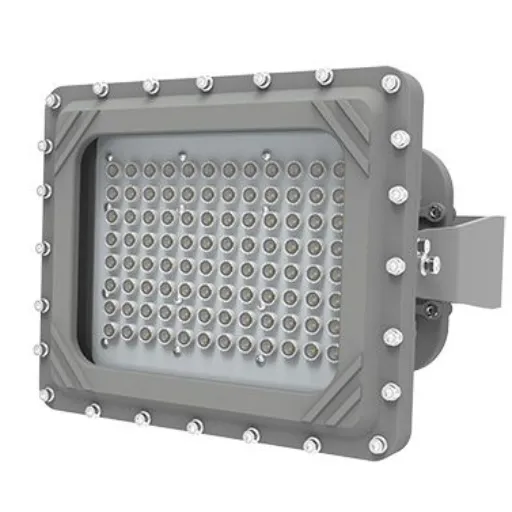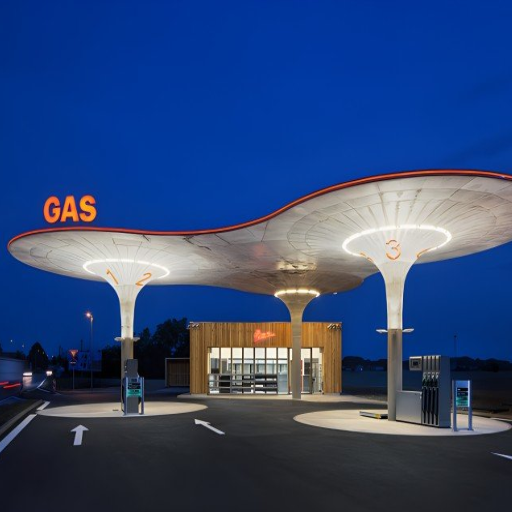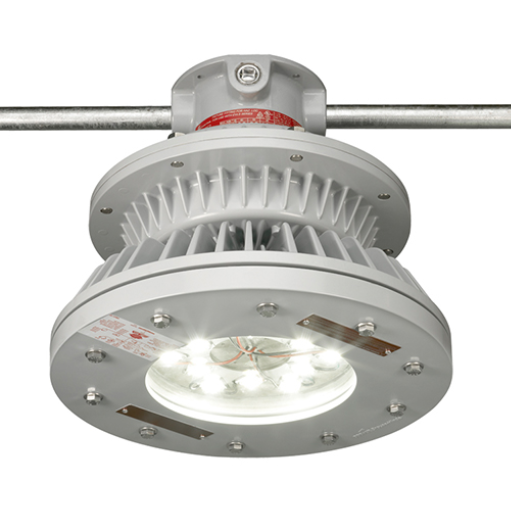Fuel dispensers serve as the backbone of fuel retailing, ensuring that fuel is delivered efficiently and accurately to millions of vehicles worldwide. Now, with the advancement of technology, the search for reliability, innovation, and sustainability has become such an important task that choosing the proper manufacturer for the dispenser cannot be overlooked. This article outlines the top 10 fuel dispenser manufacturers, providing a comprehensive insight into companies that strive for excellence in this important industry. Whether you are a fuel businessman or simply curious about the major players behind this technology, the guide will surely assist you in making an informed choice and increasing your understanding of the market.
Industry Leaders: Top 10 Fuel Dispenser Manufacturers
Gilbarco Veeder-Root

Founded: 1865
Introduction: The year 1865 marks the establishment of Gilbarco Veeder-Root, a global leader in fuel dispensing technology, at the forefront of modern fueling solutions for over 150 years.
Main Products:
- Fuel dispensing equipment
- Point-of-sale systems
- Forecourt payment solutions
✓ Advantages:
Known for being sturdy, dependable, and integrating new technology.
✗ Disadvantages:
Costs are relatively high compared to competitors.
Wayne Fueling Systems

Founded: 1891
Introduction: Wayne, yet another pioneer of the fuel dispenser industry, has been offering state-of-the-art solutions and sustainable fueling options.
Main Products:
- Fuel dispensers
- Payment terminals
- Vapor recovery systems
✓ Advantages:
Strong emphasis on environmental compliance and innovation.
✗ Disadvantages:
Limited availability in some regions.
Tatsuno Corporation

Founded: 1911
Introduction: This Japanese firm is renowned for its high-level fuel dispensers and innovative engineering solutions.
Main Products:
- Fuel dispensers
- Other petroleum equipment
✓ Advantages:
Very precise and robust in build.
✗ Disadvantages:
Products are pretty expensive.
Tokheim

Founded: 1901
Introduction: With a history spanning over 100 years, Tokheim remains a company renowned for its dependable offerings in the fueling systems field.
Main Products:
- Fuel dispensers
- Station management systems
- Payment terminals
✓ Pros:
Comprehensive product support and a global presence.
✗ Cons:
Repair costs might turn out to be quite high.
Dover Fueling Solutions

Founded: 2017
About: Dover Fueling Solutions is renowned for integrating recent technological advancements with environmentally friendly practices in its dispensers.
Major Products:
- Fuel dispensers
- Station automation systems
- Payment solutions
✓ Advantages:
Environmentally friendly and enhanced operational efficiencies.
✗ Disadvantages:
A relatively recent development compared to older players.
Bennett Pump Company

Founded: 1919
Introduction: Located in the United States, Bennett Pump Company manufactures fuel dispensers, emphasizing simplicity and durability.
Main Products:
- Fuel dispensers for retail and commercial use
✓ Advantages:
Cheap and easy to maintain.
✗ Disadvantages:
The competitors are ahead of them in technology.
Piusi S.p.A.

Founded: 1953
Introduction: With its main office in Italy, Piusi provides innovative fuel-handling solutions to various industries.
Main Products:
- Fuel dispensing pumps
- Meters
- Management systems
✓ Advantages:
Highly versatile and accurate.
✗ Disadvantages:
A limited product range for large-scale fuel stations.
Scheidt & Bachmann

Founded: 1872
Introduction: Scheidt & Bachmann outputs in Germany. The slight bitterness has helped establish a reputation as a leader in technological innovation in fuel equipment.
Main Products:
- Fuel dispensers
- Payment systems
- Station management solutions
✓ Advantages:
First-rate German engineering and proper integration of intelligent technology.
✗ Disadvantages:
The high upfront capital investment may deter some potential buyers.
Censtar Science & Technology Corp, Ltd.

Founded: 1992
Introduction: Censtar, a Chinese company, focuses on providing innovative and cost-effective solutions for fueling equipment.
Main products:
- Fuel dispensers
- Station management software
- Lubrication equipment
✓ Advantages:
Competitive pricing with a wide product range.
✗ Disadvantages:
Lesser outside presence beyond Asia.
Korea EnE Co., Ltd.

Founded: 1988
Introduction: Korea EnE provides modern fueling facilities in numerous markets and prides itself on energy saving and advanced technology.
Main products:
- Fuel dispensers
- Fueling systems
✓ Advantages:
Energy-efficient designs.
✗ Disadvantages:
Challenges from competition in the global markets.
Comparative Analysis
| Rank | Company | Founded | Key Strength | Main Challenge | Global Presence |
|---|---|---|---|---|---|
| 1 | Gilbarco Veeder-Root | 1865 | Technology Integration | High Costs | Worldwide |
| 2 | Wayne Fueling Systems | 1891 | Environmental Compliance | Regional Availability | Worldwide |
| 3 | Tatsuno Corporation | 1911 | Precision & Build Quality | Expensive Products | Global |
| 4 | Tokheim | 1901 | Global Support | High Repair Costs | Worldwide |
| 5 | Dover Fueling Solutions | 2017 | Eco-Friendly Tech | Market Newcomer | Growing |
| 6 | Bennett Pump Company | 1919 | Cost-Effective | Technology Gap | US-Focused |
| 7 | Piusi S.p.A. | 1953 | Versatility & Accuracy | Limited Large-Scale Options | European Focus |
| 8 | Scheidt & Bachmann | 1872 | German Engineering | High Investment | Global |
| 9 | Censtar Science & Technology | 1992 | Competitive Pricing | Limited Global Presence | Asia-Focused |
| 10 | Korea EnE Co., Ltd. | 1988 | Energy Efficiency | Global Competition | Regional |
Key Industry Insights
🏛️ Historical Legacy
Most leading manufacturers have over 100 years of experience, with Gilbarco Veeder-Root leading since 1865 and Scheidt & Bachmann since 1872.
🌍 Global Reach
Top-tier companies maintain worldwide presence, while regional players like Censtar and Korea EnE focus on specific markets with competitive pricing.
💰 Cost vs. Quality
Premium manufacturers offer advanced technology at higher costs, while budget-friendly options sacrifice some features for affordability.
🔧 Technology Innovation
Modern manufacturers emphasize environmental compliance, smart technology integration, and energy-efficient designs.
Summary
The fuel dispenser manufacturing industry is dominated by established companies with decades or centuries of experience. While premium brands like Gilbarco Veeder-Root, Wayne, and Tatsuno offer cutting-edge technology and reliability at higher price points, cost-effective alternatives like Bennett Pump and Censtar provide viable solutions for budget-conscious operations. The choice ultimately depends on specific requirements including budget, technological needs, regional availability, and long-term operational goals.
Frequently Asked Questions (FAQs)
What are the top 10 leading fuel dispensing equipment manufacturers?
The world’s top 10 fuel dispensing equipment manufacturers include industry giants such as Gilbarco Veeder-Root, Dover Fueling Solutions, and Bennett Pump. These companies are recognized for their innovative solutions and high-quality dispensers that cater to various fuel types, including petrol, diesel, CNG, and LPG.
How does a fuel dispenser work?
A fuel dispenser operates by using a pump to transfer fuel from an underground storage tank to the customer’s vehicle. It utilizes a nozzle to control the fuel flow rate, and the amount of fuel dispensed is measured by a flow meter. Modern dispensers often feature advanced features, including automatic tank monitoring and point-of-sale (POS) systems, for seamless transactions.
What types of fuel can be dispensed by fuel dispensers?
Fuel dispensers are designed to handle various types of fuel, including petrol, diesel, CNG, LNG, and LPG. Depending on the specific needs of a gas station or fuel provider, dispensers may be tailored to accommodate multiple fuel types or focus on a single alternative fuel source.
What should I consider when choosing a fuel dispenser supplier?
When selecting a fuel dispenser supplier, consider factors such as the supplier’s reputation, the range of fuel dispensing products available, their commitment to continuous innovation, and the support they offer for maintenance and upgrades. A leading manufacturer will provide tailored solutions that meet your specific business operations and fuel management needs.
How can fuel dispensers help increase fuel sales?
Fuel dispensers equipped with advanced features, such as high-speed pumps and user-friendly POS systems, can enhance customer experience and streamline transactions. This efficiency can lead to higher fuel consumption rates, enabling gas stations to sell more fuel and improve their overall profitability.
What is the role of flow rate in fuel dispensing?
The flow rate of a fuel dispenser determines how quickly fuel is delivered to the vehicle. A higher flow rate can reduce waiting times for customers, making the refueling process more efficient. Understanding the flow rate is essential for optimizing fuel dispensing operations and enhancing customer satisfaction.
Are portable fuel dispensers available for retail fuel operations?
Yes, portable fuel dispensers are available and can be beneficial for retail fuel operations, especially in remote areas or during emergencies. These dispensers are designed for easy transportation and provide a flexible solution for supplying fuel to various locations.
What advancements are being made in fuel dispenser technology?
Advancements in fuel dispenser technology include the integration of electric vehicle charging capabilities, improved safety features, and enhanced digital interfaces, all aimed at providing a better user experience. Manufacturers like Bennett and the Hongyang Group Co. are at the forefront of these innovations, striving for a sustainable future in fuel dispensing.
How can fuel management systems improve efficiency?
Fuel management systems can significantly improve efficiency by providing real-time data on fuel consumption, inventory levels, and dispensing activities. This information helps operators make informed decisions about their fuel supply and manage their station equipment more effectively, ultimately leading to reduced costs and increased productivity.

